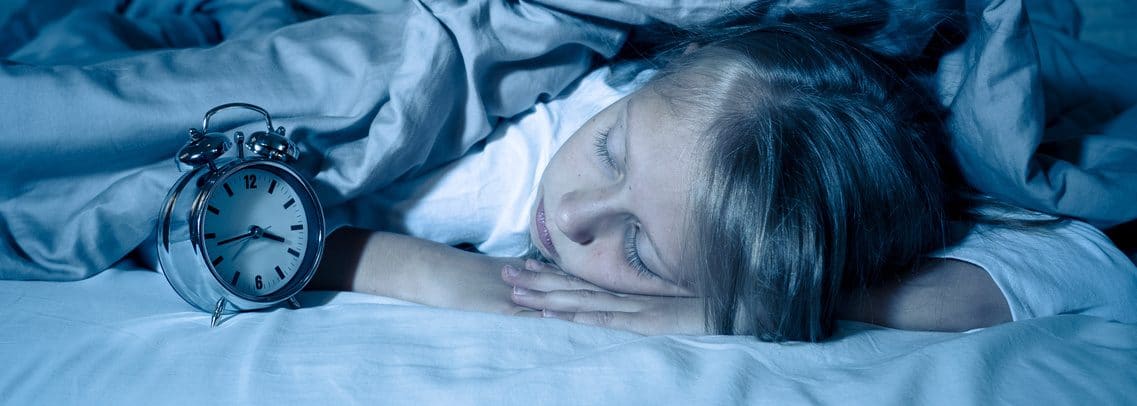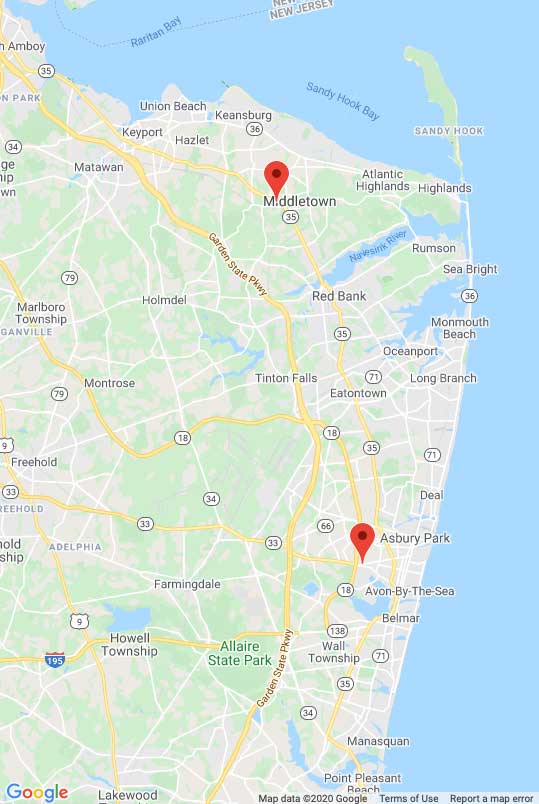PEDIATRIC SLEEP DISORDER WARNING SIGNS
Sleep apnea is commonly associated with adult patients, and so the signs may go undetected in children. Unfortunately, due to their lower capacity for oxygen intake, kids are at a higher risk of certain complications from untreated sleep apnea. If you notice anything atypical with your child’s sleep, breathing, or development, talk to the family pediatrician, and ask if your child should be seen by a sleep medicine specialist.
Sleep Behaviors
In adults, this disorder results in frequent nighttime awakenings. These may go unnoticed by the patient. Younger patients aren’t as likely to awaken, as their arousal threshold is higher.
However, children may sleep atypically, such as by sleeping while sitting up. They may also be very restless sleepers who snore loudly and frequently. The snoring associated with sleep apnea is typically punctuated by snorts, pauses, and gasps. Additional nighttime symptoms of sleep apnea include sleep terrors, excessive night sweats, and bedwetting.
Breathing Patterns
During sleep, children affected by this disorder often breathe more heavily than usual. Although they may breathe normally during the daytime, they often do so through their mouths. In very young children, problematic breathing can affect the flexible rib cage in atypical ways. Parents may notice the appearance of inward movement of the rib cage as the child inhales. Labored breathing is common.
Daytime Symptoms
Kids with untreated sleep apnea can complain of headaches upon waking up. Problems swallowing are possible if the child has enlarged tonsils and adenoids. Older children are more likely than younger kids to suffer from excessive daytime sleepiness.
Sleep Apnea Complications
Over time, untreated pediatric obstructive sleep apnea can increase the risk of the following:
- Aggressive behavioral problems
- Poor academic achievement
- Delayed development
- Attention-deficit hyperactivity disorder (ADHD) symptoms
- High blood pressure
- Frequent upper respiratory tract infections
- “Funnel chest” (a sunken chest wall due to breathing abnormalities)
Because sleep apnea affects the level of oxygen in the blood, and because children have smaller lungs than adults, they are at risk of hypoxemia and hypercapnia. These terms refer to low levels of oxygen and high levels of carbon dioxide, respectively.
Sleep Dynamics is committed to helping children and adults get the restorative sleep they need for good health. We specialize in treating patients with sleep apnea near central New Jersey. You can request an appointment for you or your child at (848) 217-0240.



